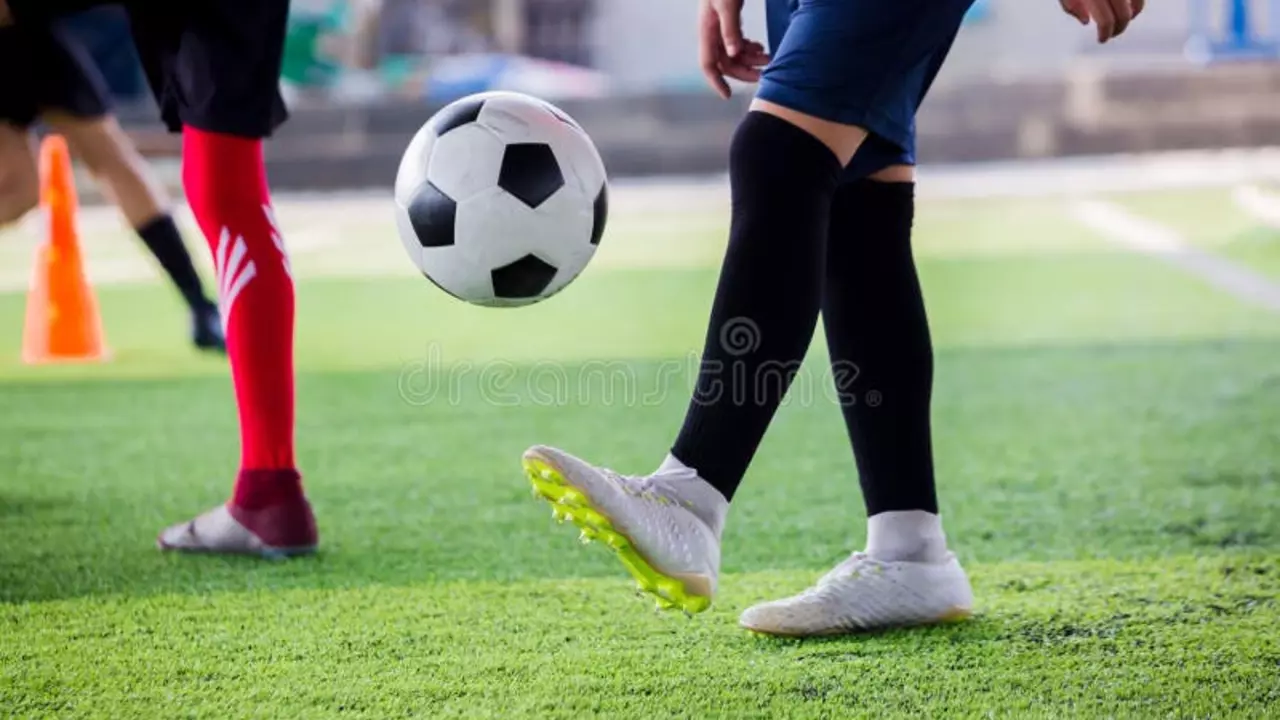Juggling Soccer Ball – Quick Tips to Master Ball Control
Ever tried to keep a ball in the air using just your feet? It looks cool, feels rewarding, and actually makes you a better player. Juggling isn’t just for street performers; it sharpens your touch, improves coordination, and helps you react faster on the pitch. The good news is you don’t need fancy equipment or a huge yard – a simple ball and a bit of space are enough.
Why Juggling Matters
When you juggle, every touch is a tiny rehearsal for real‑game situations. You learn to read the ball’s bounce, adjust your weight, and keep your head up. Those habits translate directly into tighter passes, smoother dribbles, and more confident shooting. Plus, juggling is a great way to warm up alone, so you can start a training session feeling primed.
Simple Drills to Get You Started
1. Find Your Rhythm – Start with the ball on the ground. Toss it gently into the air and aim to catch it with the same foot you kicked. Alternate feet after each bounce. The goal isn’t height; it’s a smooth, repeatable motion.
2. One‑Foot Challenge – Pick your stronger foot and keep the ball airborne using only that foot. When you feel comfortable, switch to the weaker foot. This builds balance and makes you less reliant on one side.
3. Two‑Foot Flow – Combine both feet in a quick “right‑left‑right‑left” pattern. Keep the ball low at first, then gradually raise it a little higher as you gain confidence. Maintaining a steady pace helps you stay in control.
4. Add Knees and Head – Once you can manage 10–15 touches with your feet, mix in a knee lift or a gentle head tap. These variations teach you to handle the ball in different parts of your body, just like in a match.
5. Time Your Sessions – Set a timer for 2‑minute rounds. Try to increase the count of successful touches each round. Short, focused bursts keep you motivated and prevent fatigue.
Remember, consistency beats intensity. Juggling for just five minutes a day adds up quickly. If you miss a touch, don’t get frustrated – reset the ball and start again. Each retry reinforces the muscle memory you need.
Tip: Practice on grass or a soft surface at first. Hard ground can make the ball bounce erratically, which slows learning. When you feel ready, move to a concrete or indoor floor to challenge your precision.
Incorporate these drills into your regular routine, and you’ll notice smoother ball handling within weeks. Your teammates will also appreciate the extra flair you bring to training sessions. So grab a ball, find a quiet corner, and start juggling – the results will follow.



